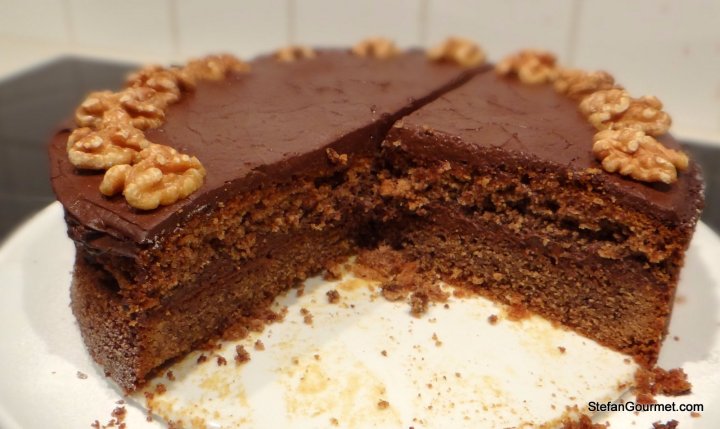Today it is exactly two years ago that I started this blog. This is the 486th post, there have been almost 150,000 views, and more than 5,000 comments. It has been a great ride so far and I never could have imagined I would have learned so much from it. The fun and learning is thanks to the interaction with my readers and the blogs I follow myself — so keep it coming please!
This is an appropriate moment to try something new: at the bottom of each post I will feature a ‘flashback’ to a post from two years ago, as there are some very nice recipes there that you may have missed because I didn’t have many readers in the beginning.
And now for today’s recipe. Yesterday evening was the first serata piemontese, and it was a great success. Tonight is the next installment, with the same food but mostly different wines. I will do a full report in a later post. I included two primi piatti in my Piemontese menu: agnolotti and risotto al barolo con salsiccia. Risotto is usually made with just a bit of white wine, but Piemonte has the speciality of using red wine and quite a lot of it so the main flavor of the risotto is that of the wine. The end result will thus depend on the quality of the wine used, and though it may seem like a waste of a good barolo, I strongly urge you not to use a cheap red wine for this as that would ruin the dish. Last night everyone agreed that this risotto was different, but delicious. Continue reading “Risotto al Barolo con Salsiccia”































